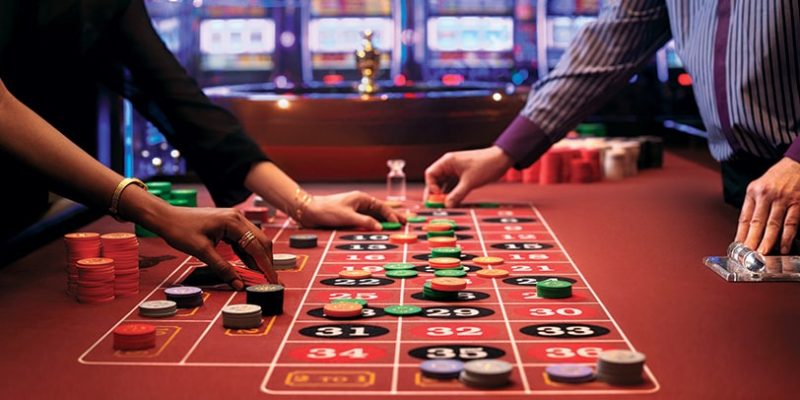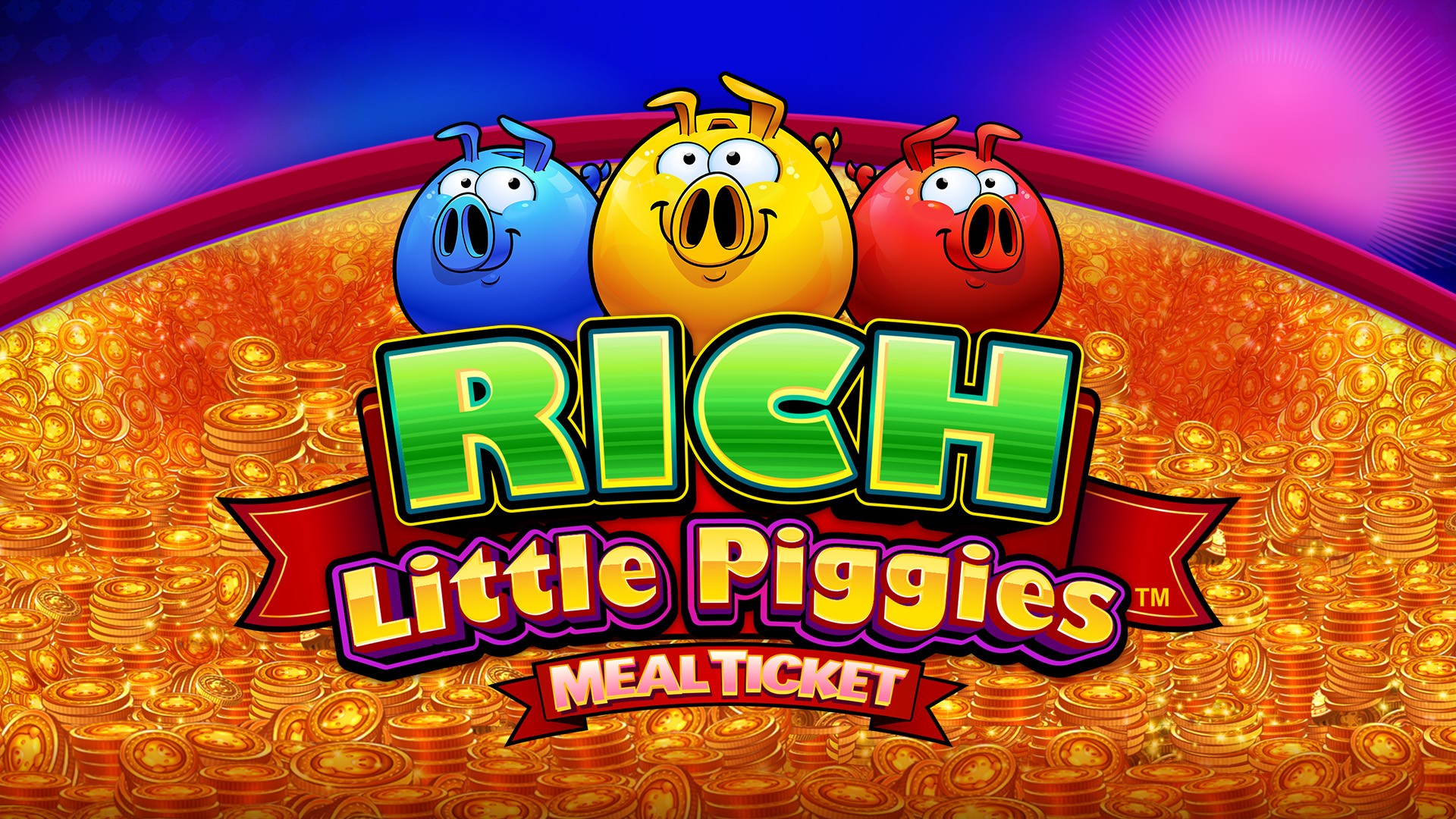Welcome to the definitive guide on mastering the art of the Roulette Table. Whether you are a novice stepping into the casino world for the first time or a seasoned player seeking to refine your skills, understanding the nuances of the Roulette Table can significantly influence your wins and overall experience. This comprehensive guide explores everything from the basics of the game to advanced strategies, helping you navigate the intriguing world of roulette with confidence and insight.
Understanding the Basics of the Roulette Table
The Roulette Table is much more than just a spinning wheel; it is a complex setup that holds the key to many betting strategies. Grasping its layout, types of bets, and odds is the foundation upon which successful gameplay is built. By understanding the fundamental elements of the Roulette Table, players can develop better judgment and a more strategic approach to betting Rikvip.
Layout and Components of a Typical Roulette Table
The Roulette Table is designed with several essential parts that facilitate different types of bets. The main sections include the betting grid, the number layout, and the betting chips. Each element serves a specific purpose, influencing how players place bets and interpret outcomes.
The betting grid is divided into many sections, such as individual numbers, groups of numbers, colors, odd/even, and high/low ranges. The number layout consists of 36 or 37 pockets, depending on whether it is European or American roulette, numbered sequentially from 1 to 36, with an additional 0 (and sometimes 00). Understanding this layout helps players make informed bets and foresee possible outcomes.
The chips used on the Roulette Table are standardized, but players have the flexibility to place multiple bets simultaneously on different areas. This multi-bet capability is critical for employing various strategies and increasing your chances of winning.
Types of Bets and Their Payouts
Bets on the Roulette Table are categorized into two main types: inside bets and outside bets. Inside bets are wagered on specific numbers or small groups of numbers, typically offering higher payouts but less probability of winning. Outside bets cover broader categories such as red/black, odd/even, or high/low numbers, with lower payouts but higher odds.
- Inside bets: Straight-up (single number), split (two numbers), street (three numbers), corner (four numbers), six-line (six numbers).
- Outside bets: Red or black, odd or even, high or low, dozens, and columns.
Payouts vary significantly depending on the bet type, with a straight-up bet offering the highest payout (35 to 1) and outside bets offering lower payouts, such as 1 to 1. Knowing these options helps players craft their betting strategies based on their risk tolerance and goals.
The House Edge and How It Affects Your Play
Understanding the house edge is vital when engaging with the Roulette Table. The house edge indicates the percentage of the wager that the casino statistically expects to keep over the long term. In roulette, the house edge differs based on the wheel type:
- European Roulette: House edge of approximately 2.7%, thanks to a single zero pocket.
- American Roulette: House edge of approximately 5.26%, owing to the presence of both 0 and 00 pockets.
This difference heavily influences your expected returns and risk levels. Recognizing the house edge allows players to manage expectations and choose games that favor better odds, such as European roulette.
Key Takeaways
- Familiarize yourself with the table layout, colors, and Roulette Table betting options.
- Understand the various bets and their payouts.
- Recognize the significance of the house edge in strategizing.
- Use chips wisely across multiple bets for optimal coverage and flexibility.






